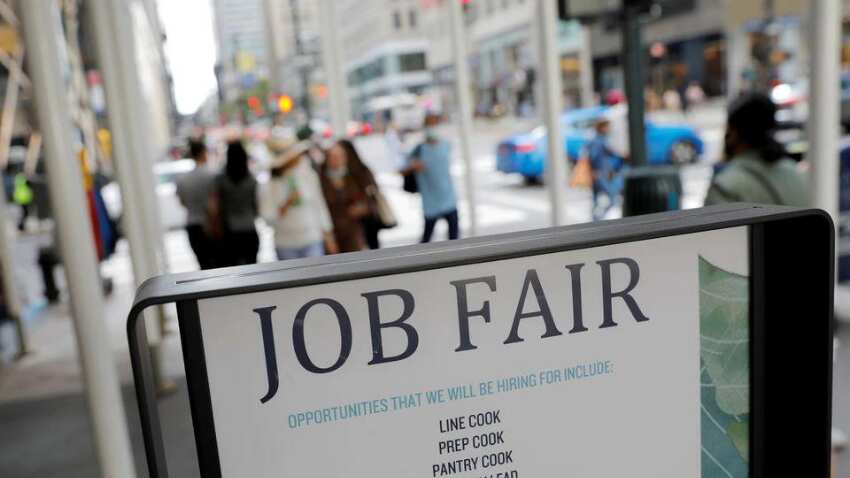The US labor market remained stable in June, despite a minor slowdown in job growth compared to prior months. According to current official estimates, the economy created 206,000 new jobs, exceeding economists’ expectations of 190,000. However, this result represents a decrease from May’s revised tally of 218,000, which was lower than an initial estimate of 272,000. Concurrently, the unemployment rate rose slightly to 4.1%, while pay growth was the worst in three years.
Job Growth and Revisions: In June, the US economy added 206,000 new jobs, which was slightly lower than the revised tally for May. Despite the tiny decrease, the number topped economists’ expectations, showing that the labor market remains solid. However, the reduction of May’s figures from 272,000 to 218,000 indicates a more moderate growth pattern.
Unemployment Rate and Wage Growth: The unemployment rate rose to 4.1%, a slight increase over previous months. Meanwhile, wage growth, a key sign of economic health, was at its slowest in three years. This could influence future consumer purchases and economic confidence.
Federal Reserve Response: Despite these economic signs, the Federal Reserve has kept interest rates between 5.25% and 5.5% since July last year. Analysts and market observers anticipate a move, with talk of a rate cut gathering steam. The Fed’s minutes from its most recent meeting underlined concerns about slowing economic growth and declining price pressures, indicating a cautious approach to monetary policy adjustments.
Market and policy implications: Financial markets are pricing in a strong possibility of a rate decrease at the Fed’s September meeting, with more cuts possible later this year. This change contrasts with past estimates of a more dramatic rate reduction, indicating a more nuanced approach by the Federal Reserve in reaction to current economic conditions.
Global Context and Central Bank Dynamics: The Federal Reserve’s decisions frequently influence worldwide central banks, and many are expected to coordinate their policies accordingly. However, Bank of England Governor Andrew Bailey’s prior remarks emphasized the independence of central bank decisions, implying that the Fed’s actions may not dictate a broader trend.
Finally, the latest US jobs report for June shows a strong labor market amidst broader economic concerns. While employment creation has been high, revisions and slower wage increases suggest underlying complexity. The Federal Reserve’s consideration of a potential rate drop reflects its cautious posture in the face of global economic uncertainty. As markets await additional economic data and Fed statements, shifting factors will likely impact both domestic and international economic policy in the coming months.




